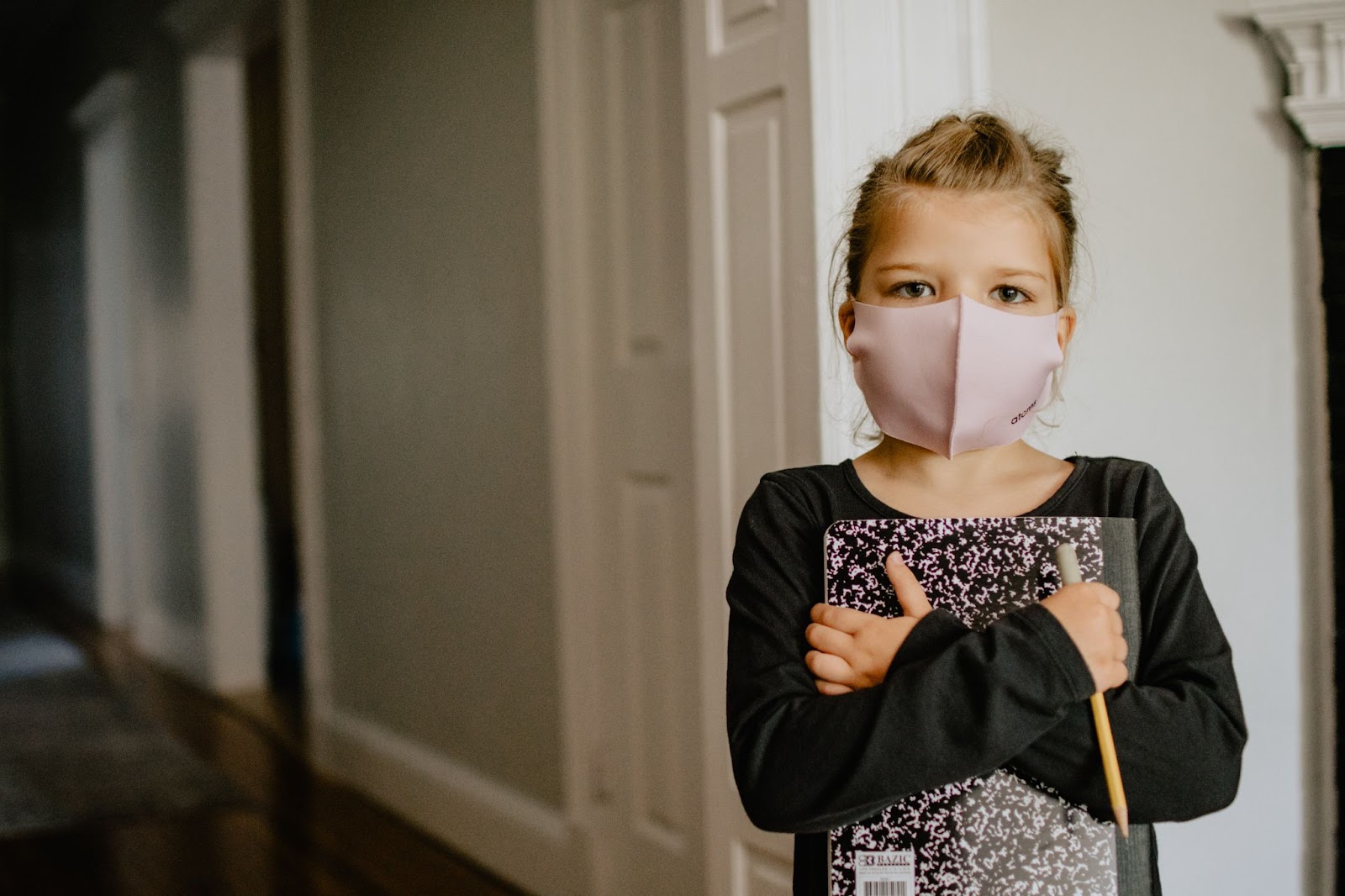
According to the Centers for Disease Control and Prevention, the number of children who have tested positive for COVID after being admitted to the hospital is at its highest level since the start of the pandemic.
Nearly 8 million children—or 1 in 10—have tested positive for COVID in the past two years, and while few states are reporting child deaths from COVID, the virus still has a devastating impact on the youth of America.
A recent New York Times article outlined the ways in which children across the country are suffering as a result of the COVID pandemic, including in the following areas:
-
- Education. According to the New York Times and NWEA, math and reading levels for third through eighth graders dropped significantly this fall. Black and Hispanic students have been disproportionately affected, according to the report.
- Mental health. About 1 in 12 children in the U.S. struggle with diagnosed anxiety and depression. The pandemic has exacerbated mental health issues for children and teens, so much so that the American Academy of Pediatrics has declared a national state of emergency for children’s mental health, according to the New York Times.
- Behavioral problems. Teachers and parents are noticing a rise in behavioral problems as a result of the pandemic. The New York Times article reported that these behavioral problems include fighting, vandalism, trashing bathrooms, swearing and inappropriate comments.
- Violence. Gun violence is the leading cause of death for children and teens. The New York Times reports that gun violence against children has risen since the start of the pandemic, as have school shootings.
As the Omicron strain leads to skyrocketing cases and an increasing number of hospitalizations across the country, some schools and child care centers are once again implementing strict COVID policies such as social distancing, mask wearing, and even returning to virtual classes. Because of this, the negative mental and emotional effects the pandemic is having on children are likely to continue for the foreseeable future.
As a parent, guardian or teacher, here are five mental health warning signs to look out for in your children:
- Increased anxiety or paranoia. Uncertainty and the fear of the unknown can increase symptoms of anxiety. Students may show signs of increased anxiety about health or safety-related issues.
- Distraction. Social isolation raises the stress hormone cortisol in our systems, which can lead to impaired cognitive performance and a compromised immune system. Stressed students may be more distracted or emotionally volatile.
- Irritability. A review of 24 studies of quarantine during disease found that most reported negative psychological effects, including PTSD symptoms, confusion and anger. If you notice abrupt mood changes or irritability in your children or students, it could be related to the pandemic.
- Lethargy or fatigue. Grief, fear, uncertainty, and constantly adapting to new information can tax the nervous system and zap our mental and emotional energy. Students may tire more easily or have a hard time focusing on detail-oriented work.
- Depression. Social rhythm reinforcers—such as going to school or social events—help regulate and maintain our moods. If students experience a change to their regular summer routine — such as canceled clubs or sports leagues—it may contribute to a depressive state.
| If you are concerned about the state of your child’s mental health or notice a combination of these symptoms, it is important to speak with your child’s pediatrician or mental health provider. |





